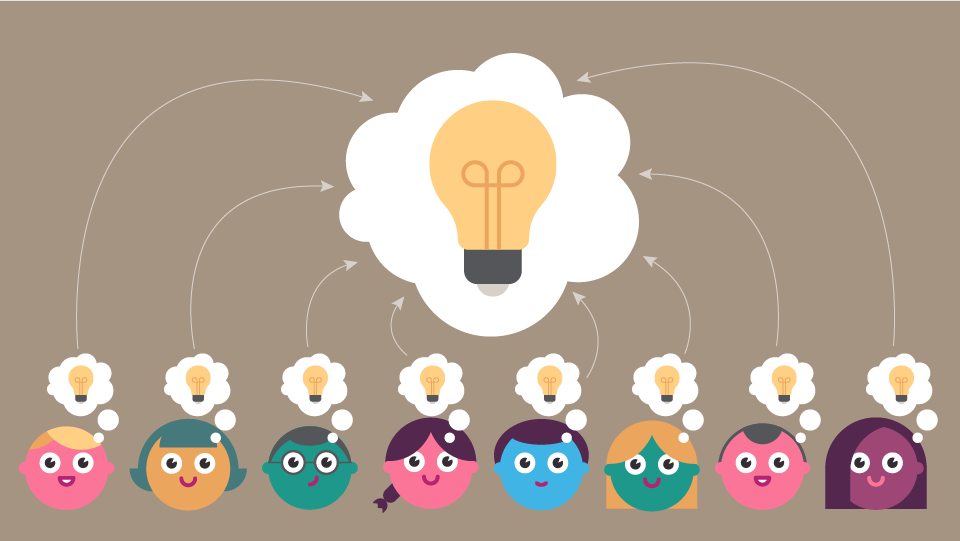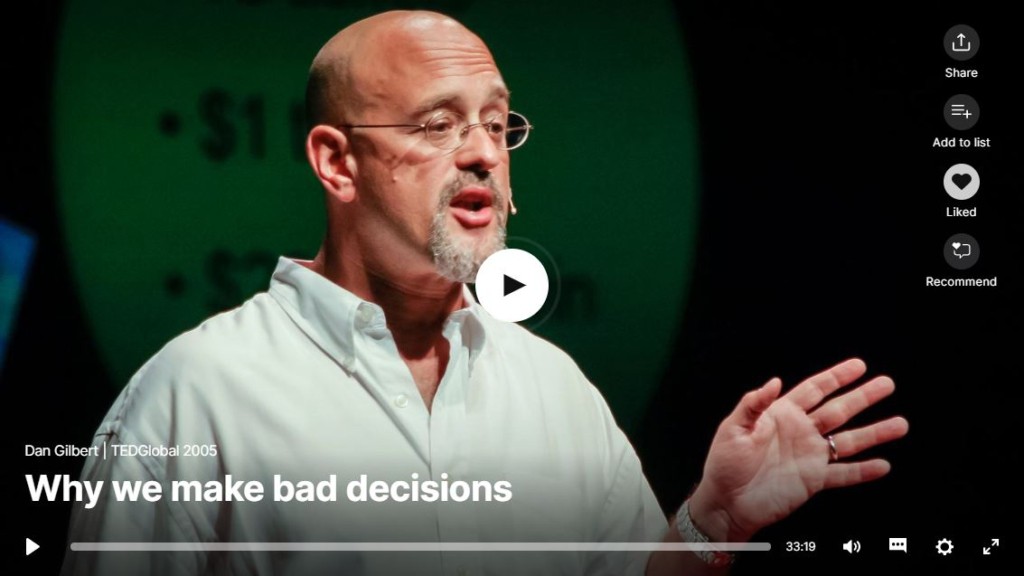In the heart of the busy London financial district, Claire, an experienced sales executive at Sterling Finance, had the exciting and daunting job of leading the digital transformation of their customer service process. She truly believed in the change initiative and was full of enthusiasm for the potential improvements these new technologies could bring, Claire could see a future step change in customer experience and a better experience for employees too.
However, despite her own excitement, Claire sensed an undercurrent of dissent and apathy.
During team meetings, she noticed Martin, the senior sales analyst, with his arms crossed and leaning back in his chair, his eyes reflecting a blend of scepticism and disinterest. Similarly, Sarah’s contributions had dwindled to sparse, non-committal nods.
Claire organised awareness training sessions to facilitate the transition, but attendance was lacklustre to say the least. Those who did attend showed minimal engagement, their questions echoing a sense of resignation rather than curiosity. In the office, whispered conversations would abruptly cease as she approached, the atmosphere heavy with unspoken anxieties.
Claire detected not just resistance but a pervasive sense of change fatigue. The team, having undergone several changes in recent years, now viewed this latest initiative as yet another distraction to an already overwhelming workload.
This resistance, though not overtly hostile, was persistent and widespread. It manifested in delayed responses, missed deadlines, and an overarching air of apathy. Claire felt as if she were wading through treacle, each attempt to advance met with an invisible, yet formidable, barrier. New challenges seemed to emerge daily, each seemingly crafted to underscore the unfeasibility of the new solution.
The situation weighed heavily on Claire. Whilst confident enough in the potential of the technology, she knew that if her team weren’t fully onboard this was going nowhere. It was increasingly testing her empathy and resilience as a leader and she could feel herself becoming more directive and short tempered.
If you’ve ever delivered large scale change or transformation there’s a high chance you will have experienced change resistance or change fatigue, quite possibly both at the same time.
It goes without saying that they can create a severe handbrake on any change or transformation initiative, all too often derailing it completely. Poor staff morale and high levels of attrition are normally in the mix as well, either as a cause or a consequence.
What causes change resistance and change fatigue and what can you do to reduce them in your change initiative?
Change Resistance: The psychological hurdle
Change resistance is more often than not a self-protection response, keeping either oneself or those you feel responsible for safe. We’re hard-wired and highly tuned to spot potential threats, in the past that would be things that could physically harm us. Today, especially in the workplace, the harm is more likely to be psychological and yet the response is very similar, avoid the danger at all cost.
It’s the natural defence mechanism against the unknown, often rooted in fear, uncertainty, or a perceived threat to status quo. This resistance can manifest in various forms, from subtle or unconscious reluctance to outright opposition.
Within the organisational context change naturally brings uncertainty. For example new technology is so often assumed to threaten jobs, it’s the default response and often with some truth. The reasons for using new technology often include reducing the need for certain types of manual or repetitive work. So typically the first question that comes to mind for many when digital transformation is announced is “will I still have a job?”.
Change Fatigue: A consequence of too much change and insufficient capacity for change
Change fatigue sets in when there is an overload of change initiatives or people feel they simply don’t have enough time to get everything done; they feel a sense of overwhelm and / or confusion.
It’s the weariness or apathy that develops from constant, often poorly managed, even conflicting change efforts. This fatigue can lead to a severe decline in employee engagement, productivity, and even mental or physical health problems.
A typical example you may recognise is multiple restructuring and/or technology change initiatives taking place at the same time, in many cases overlapping and interfering with each other. The continuous state of flux and long working hours can leave employees feeling disoriented and exhausted, often leading to a significant drop in morale and efficiency.
A common cause is simply failing to adequately prioritise what’s really important for the strategic direction of the organisation. The temptation is to try to run too much in parallel, rather than sequencing effectively. It’s a common fallacy that starting more things means we’ll achieve more; in fact the opposite is true: if we focus on fewer things we end up getting more done.
This is often further exacerbated by ineffective communication of the roadmap and the priorities so employees are left feeling both overwhelmed and confused. In turn this typically leads to a growing lack of belief in the organisation’s ability to execute change, in other words the feeling that is one will be just like last time and the time before that.
The Interconnection: A Vicious Cycle
All too often these two co-exist. Change resistance and change fatigue end up interconnected in a cyclical relationship. Resistance typically slows change down, which means even more effort is required to keep it moving forward and the harder you push the harder the resistance becomes. This in turn adds to the sense of unease within the workforce as precious effort and emotional energy is spent in completely the wrong direction.
Change fatigue can also be a cause of resistance even when people believe in the outcomes. Overworked and weary employees often become more cynical, feeling unappreciated and therefore less receptive to new initiatives.
It’s like trying to drive with the handbrake on; in the end something has to give.
So how can you take steps to avoid this happening in your change or transformation initiative?
Reducing Change Resistance and Change Fatigue
The place to start is an acceptance and awareness that it either exists already or is very likely to become a problem if you don’t actively take steps to avoid it happening.
Effective Communication: Clear, consistent, and transparent communication is crucial. It helps in demystifying change and aligning employees with the vision. For example, using relatable analogies can help in breaking down complex change strategies into understandable concepts. Remember not to assume that saying something means it’s been understood by the recipient. Or to quote George Bernard Shaw: “the biggest trouble with communication is the illusion it’s taken place”.
Employee Involvement: Involving employees in the change process can significantly reduce resistance. It gives them a sense of ownership and control over the change, mitigating fears and uncertainties. We tend to resist changes that we feel are being done to us far more than if we feel we are in the driving seat, ideally designing the specifics of how the change will be delivered.
Pacing the Change: To reduce the likelihood of change fatigue, it’s important to pace the change initiatives according to the organisation’s capability to deliver sustainably. This sounds obvious but is harder to do in practice as leaders tend to overestimate the ability of the organisation to deliver change and underestimate the amount of work involved. Key to this is effective prioritisation of changes, implementing them in manageable phases, and allowing time for adaptation.
Support Systems: Providing adequate support, be it training, counselling, or resources, can help employees navigate through the change more comfortably. A common complaint is that people feel they were left to figure things out on their own and if they do ask for help it’s seen as a weakness, so they tend to just get on with it.
Celebrating Milestones: Recognising and celebrating small wins keeps morale high and helps in maintaining momentum through the change journey. We all need to see that the effort we’re putting in is getting us somewhere and is therefore worth continuing.
Leadership and Role Modelling: Leaders play a pivotal role in delivering change. By embodying the change they wish to see, leaders can inspire and motivate their teams. All too often the opposite is true and leaders are either silent or quietly following their own agenda, except that people do notice and it undermines their own desire to put in the required effort. Leading by example sends a very powerful message.
Feedback Mechanisms: Establishing channels for feedback allows for the monitoring of change progress and employee sentiment, enabling timely interventions to address issues. Quite often we see apparently negative feedback being dismissed just when it should be listened to because there is in fact a valid point that has been missed. In any case the more people feel heard and understood the more likely they are to accept the end result, even if they wouldn’t have chosen it themselves.
In Summary
While change resistance and change fatigue are common occurrences in business change and transformation, there are some practical steps you can take to significantly reduce the chances of them derailing your change.
By understanding their root causes and interrelation, and implementing strategies focused on communication, involvement, pacing, support, and leadership, you can navigate these challenges successfully.
Ultimately the key lies in reframing the change from something that feels threatening and overwhelming to something that’s exciting and an opportunity for growth and innovation for everyone involved.






